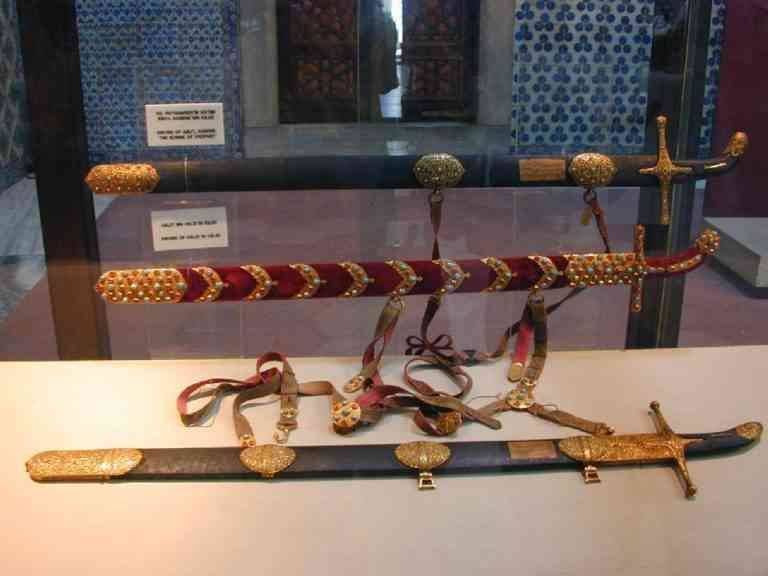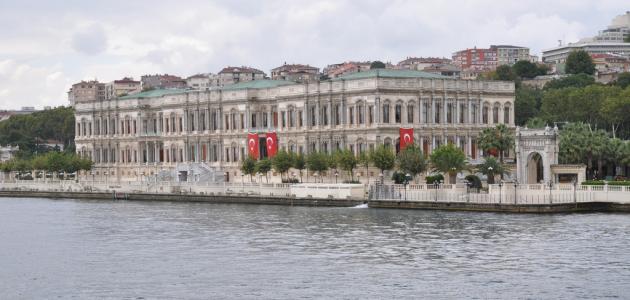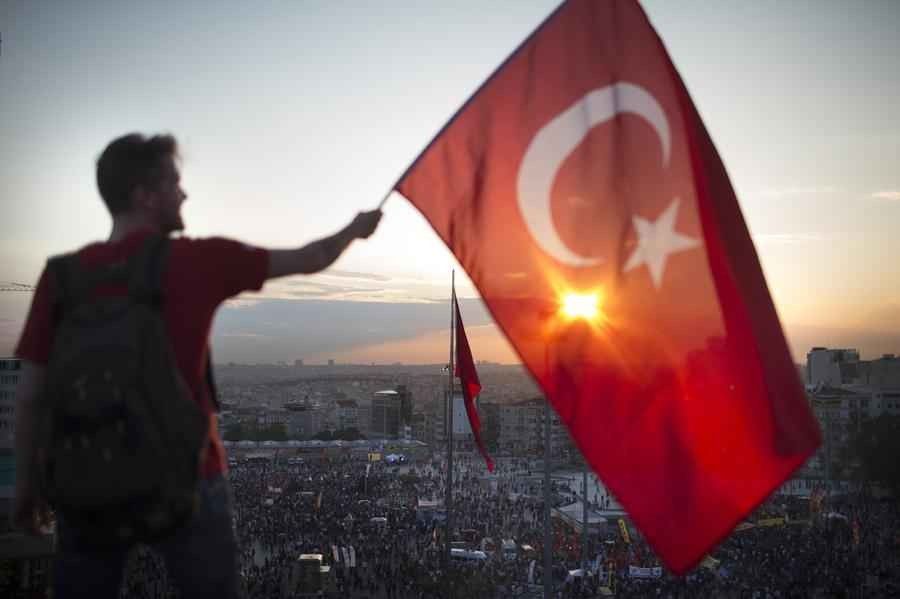Islamic museums of Turkey .. Turkey has a great history, so it includes a large number of archaeological museums of all kinds. Since Turkey is an Islamic country, it includes museums of an Islamic nature, and Arab travelers give you your guide to visit these wonderful places ..
Table of Contents
Islamic museums of Turkey
Turkish Islamic Archeology Museum

The departments that make up the museum:
The museum consists of seven sections that contain many antiquities of an Islamic nature and number up to 45 thousand artifacts, here are these sections: – “Wood relics” section This section shows visitors the stages of wood manufacture in Anatolia in the period from 9-10 century and wood industries in The Seljuq era, the Anatolian Bakawi period, and the antique woodwork inlaid and decorated with elephant ivory and seashells belonging to the Ottoman era in the country. This pastor M Islamic glass art industries in the period from the 10th century AD, especially in the regions of Aznik and Bursa and the archaeological finds that were discovered in the period from 1908 to 1914 AD and the niches and walls made of porcelain and decorations back to the Kılıç Aslan Palace located in the city of Konya. The most important work is a ceramic dish. A decree under a blue, white and red paint on which the word “Majesty of God” is written on it by the naskh script and a ceramic plate of the Great Mosque of Mecca and the Holy Kaaba and written on it by the script line of the Qur’anic verse “The first house was placed for the people who blessed the network and guided to the worlds the signs of the evidence of the abode of Abraham and who entered it was the mother The department “Art of Metallurgical Industries” This section displays the hammers, dirhams, jugs and symbols of the planets and metal constellations. Department of ancient arts “ethnography” which means describing peoples and dynasties by identifying their cultures and behaviors so the museum includes various ethnic tools such as the tools that were used In the daily life of the Bedouin community, as well as the tools used in the art of spinning and making carpets, clothes, and bedspreads. – The “Stone Industries” section includes many stone relics such as stone cutting tools. – The “Art of Calligraphy and Handwriting” section is the largest part of the museum with 15 thousand antique manuscripts. It dates back to the second century until the early 14th century for the migration and manuscripts of famous calligraphers and includes copies of the Noble Qur’an, the most famous of which is a Mushaf belonging to the Safavid state of Iran written in gold water .– The “Carpet” section explains the types of Turkish carpets with their natural colors and red colors taken from the scarlet worm and their high-quality wools, displaying prayer rugs. Bedouin carpets in exquisite colors.
Istanbul Islamic Museum
Working hours and entrance fees:
It starts working from 9 am to 4:30 pm and entrance fees 20 Turkish liras per person and is located near the hotel “Hippodrome.” Read also: The most beautiful beaches of Istanbul .. Each of them has its own charm ..
Istanbul Archeology of the Apostle Museum

Working hours and entrance fees:
Work begins in the museum from 9 am to 6 pm and holidays on Mondays and on official holidays. The price of the entrance ticket is 20 TL for children and 35 TL for adults, and next to it are the best hotels such as the “Raymondbou Hotel” which is a 5-minute walk away, a hotel. Theodora is located in front of the museum.









